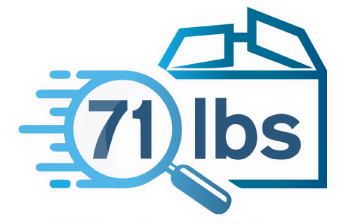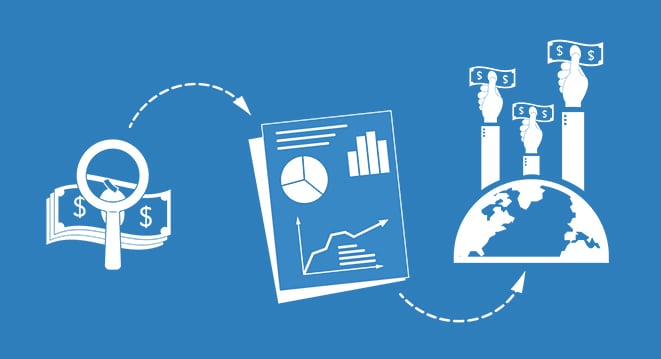“The Cloud” is everywhere and it’s changing virtually every industry – supply-chain management is no exception
Logistics and supply-chain management have been transformed by cloud computing and what’s become known as Software as a Service (SaaS), and it’s no wonder. Managing supply chains is a dense process of collecting information from multiple data points, and it begs for the strengths of the cloud. SaaS can simplify the process and lead to a greatly improved customer experience.
SaaS systems offer access to critical information from almost any location, along with the security of redundancy both in storage and processing power, to make sure the applications that make a company run are available 24/7/365 with as close to zero downtime as possible. But, while SaaS can be hard to visualize and incredibly involved in design and application, the benefits to anyone managing a supply chain of any size are many and simple to understand.
SaaS systems start small, but are ready to grow
If there is a siren song to cloud computing, it’s scalability. Cloud-based SaaS supply-chain management software allows a business to start with a solution that it will not outgrow. Gone are the days when a “legacy” system of software and hardware becomes a stumbling block to progress and further profitability because its capacity is stunting the user’s ability to keep track of an expanding network. Cloud-based services bill for the resources used and the storage or processing needs, meaning businesses can start small and relatively inexpensively, but with a system that will carry them through, with no planned obsolescence.
SaaS allows upgrades in physical tracking tech
SaaS is not only adaptable to your growing processing and data-management needs. Its inherent flexibility in handling multiple data-acquisition methods increases the options and capabilities accessible to logistics managers.
The many varieties of bar codes, QR codes, and other optically scannable labeling systems have served industry well, but new technologies now offer innovative capabilities. Companies with legacy systems must decide whether delaying the transition to SaaS systems and upgraded tracking might bottleneck their continued growth.
The IoT: SaaS capabilities everywhere
SaaS also powers another new internet out there, one that is also “all around us.” It’s the “internet of things” (IoT), and it reaches into our homes in the form of smart speakers, refrigerators that can order groceries, and intelligent pet-feeding systems. It’s every one of those devices that collects and distributes information that we depend on every day. It’s the cloud-connected laser scanner that tracks your shipment as it loads on a truck, and the smartphone in your hand that notifies you of the event.
RFID becomes affordable – and powerful
Radio Frequency Identification (RFID), which was first used to allow access to secure areas, has now become ubiquitous with the drop in cost of the small devices that make it possible, called transponders. You can find them in all sorts of consumer goods and now they’re increasing service another way – by tracking inventory as it flows through supply chains.
Think of it this way: A pallet is in transit from a warehouse to a regional hub and on to a retail location. The pallet was last scanned at the regional hub, but two days hence it seems not to have moved. If the pallet is RFID-tagged, and the trailer transporting it is RFID-scanner equipped, you can locate the pallet in real time and confirm that it’s in transit, heading south on I-95, and about to cross the Florida state line.
Keeping up with the technology flood
Yes, there will be new must-have technologies for data acquisition, tracking, or automation coming online at some point. It is here where the real advantage of using SaaS for supply-chain management comes in: It future-proofs a company’s operations. SaaS systems are continually in development, the costs of which are spread incrementally and proportionately among the installed user base. Consequently, when the latest miracle in shipping tech arrives on the scene, users will be ready to receive it and keep right on growing.
At 71lbs, we clarify the shipping process for our clients, making it easier and faster for them to access refunds and optimize their expenses. Our human-operated platform gathers all your shipping information into one easy-to-use customs analytics dashboard. Drop by the contact page to get in touch.



